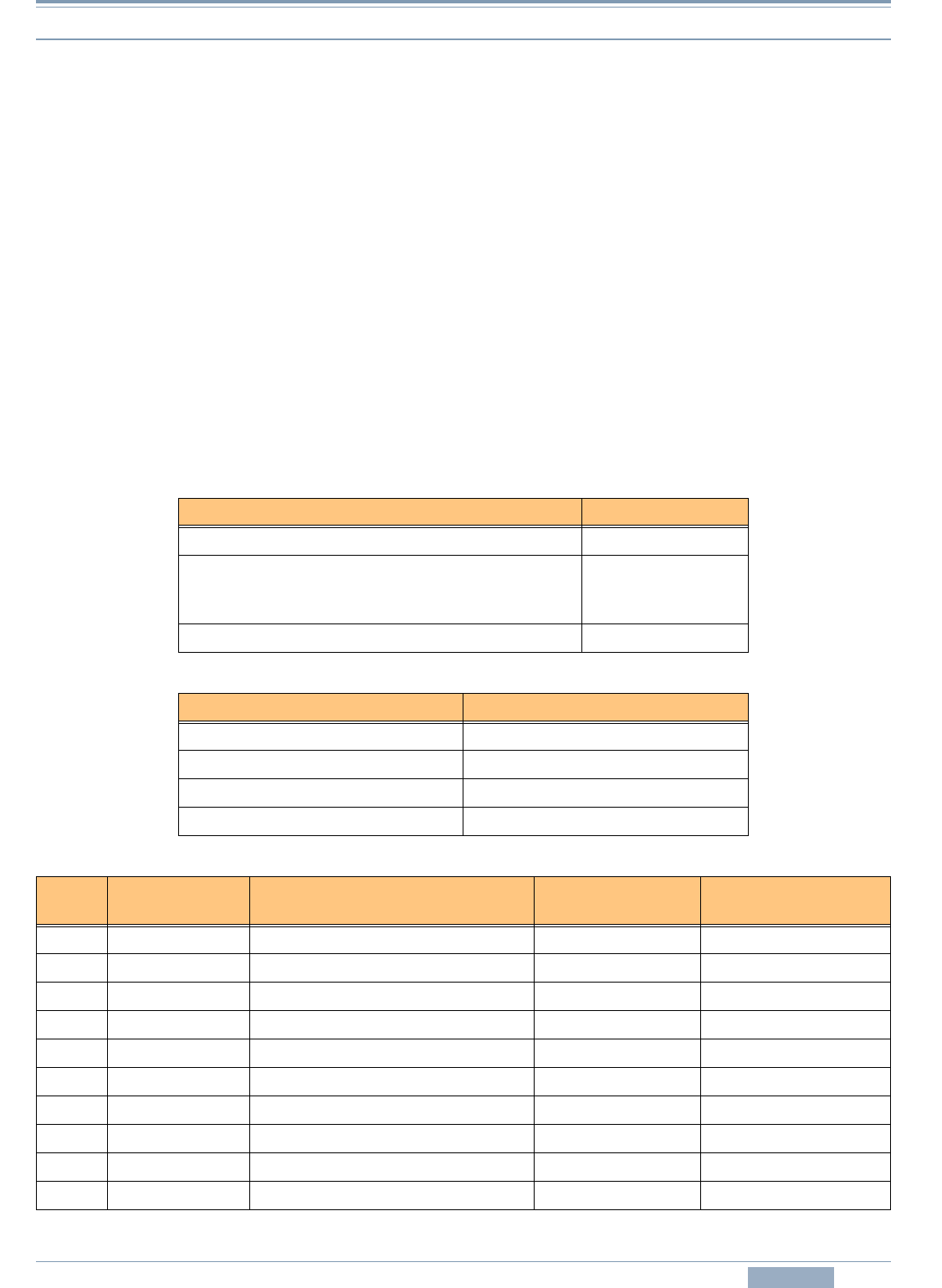
6 OPERATIONAL EXAMPLES OF APRS
TH-D72A/E CONTENTS 45
By changing the value of TURN SLOPE, you can adjust how Corner Pegging responds as the mobile
station executes curves. When the value of TURN SLOPE is increased, a large heading angle change
is necessary to cause a position beacon transmission, especially at low speeds. When the value of
TURN SLOPE is reduced, the effect of speed on Corner Pegging is reduced, as the constant TURN
ANGLE becomes the controlling term in the equation. A value for TURN SLOPE of 110 (in units of 10
degrees per mph) has been experimentally determined to be a good value for vehicles on typical roads.
Corner Pegging Formula:
TURN THRESHOLD = TURN ANGLE + 10 x TURN SLOPE / SPEED
The above formula is based on the reality of how a mobile station executes turns: when traveling at
slow speed, it can turn acute angles, but when traveling at high speeds, it turns only shallow angles.
In other words, TURN THRESHOLD varies inversely with speed: at a low speed, the threshold
becomes large, while at a high speed the threshold becomes small.
To prevent the Corner Pegging beacon from transmitting too often and causing QRM, there is a timer
value called TURN TIME. The Corner Pegging position beacon is not transmitted until TURN TIME
seconds have elapsed since the previous beacon transmission, regardless of which method (Corner
Pegging or Variable Rate Beaconing) caused the previous beacon.
Table 6-4 Conditions for Corner Pegging Operation
Table 6-5 Configuration Example
Table 6-6 Corner Pegging Operation Example: (with TURN ANGLE = 28, TURN SLOPE = 26)
Note: When TURN THRESHOLD exceeds 120°, the value will be corrected to 120°.
Speed Corner Pegging
Over HIGH SPEED Yes
Under HIGH SPEED
Over LOW SPEED
(Only when HIGH SPEED ≥ LOW SPEED)
Yes
Under LOW SPEED No
Menu Item Configured Value
LOW SPEED 5
TURN ANGLE 28°
TURN SLOPE 26 (x10°/speed)
TURN TIME 30 seconds
Speed TURN SLOPE
TURN SLOPE/ Speed
(Cut off after the decimal point) (1)
TURN ANGLE (2)
TURN THRESHOLD (3)
= (1) + (2)
80 26 (x10) 3° 28° 31°
70 26 (x10) 3° 28° 31°
60 26 (x10) 4° 28° 32°
50 26 (x10) 5° 28° 33°
40 26 (x10) 6° 28° 34°
30 26 (x10) 8° 28° 36°
20 26 (x10) 13° 28° 41°
10 26 (x10) 26° 28° 54°
5 26 (x10) 52° 28° 80°
2 26 (x10) 130° 28° 158° 120°


















